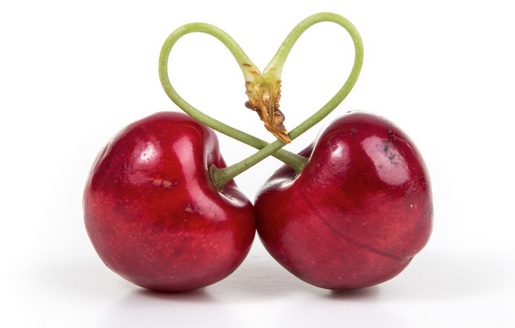Top formulas for heart and blood vessels

- Formula for heart and blood vessels
- Contains L-arginine, resveratrol, R-alpha lipoic acid, green tea and vitamins

- Formula for heart and blood vessels
- With 900 mg taurine per daily dose

- Formula for heart and blood vessels
- Contains vitamins, ubiquinon, alpha-lipoic acid, grape seed and olive extract
12 Best Supplements for Heart and Blood vessels
























Formulas for Heart and Blood vessels

- Formula for heart and blood vessels
- Omega-3 from Antarctic krill oil and fish oil supplemented with sesame lignans, olive oil extract and astaxanthin

- Formula for heart and blood vessels
- Contains garlic, mistletoe and hawthorn

- Formula for heart and blood vessels
- Contains American witch hazel, white horse chestnut, field honeysuckle, milk thistle, fall wort and rue.
Buy the best supplements for the heart and blood vessels here. Or read more below.
 There are many supplements with a positive influence on heart and blood vessels. On this page you will find supplements with ingredients proven to support heart and blood vessels.
There are many supplements with a positive influence on heart and blood vessels. On this page you will find supplements with ingredients proven to support heart and blood vessels.
Here/below you will first find three powerful formulas and below them the nine best single supplements for heart and blood vessels.
The heart: functions and performance
The heart and blood vessels are an essential part of the body. Among other things, the heart with its pumping function ensures that blood is pumped around and thus reaches everywhere in the body to deliver oxygen and absorb carbon dioxide. Whether you are relaxing reading a book or exercising, the heart is always at work.
The heart pumps blood through the arteries and then through veins and capillaries until it reaches every cell in the body.
The heart broadly consists of a left and right atrium or atrium, and a left and right ventricle or chamber. In the ventricles, the blood is pumped through the body which can be felt as the heartbeat.
So the heart actually consists of 2 pumps: one in the right and one in the left half of the heart. For pumping to work properly, it is important that the amount of blood in both halves is the same and that both are active simultaneously.
The blood is oxygenated by the lungs before flowing to the left atrium. The left atrium fills and the heart valve then opens in one direction so that the blood flows to the left ventricle. This squeezes and the oxygenated blood flows through the aorta to the body. This is also called the great circulation or body circulation.
The right ventricle then pumps the returned, deoxygenated blood to the lungs. This is the small blood circulation, also called pulmonary circulation. Through exhalation, the waste product carbon dioxide is expelled and we inhale oxygen again.
More than just a pump
That the heart is more than just a pumping organ is something many people agree on. The heart is considered the center of feelings and emotions. Whether there is actually a physiological basis for this is not really clear. The idea that the heart would have a cellular memory in addition to the brain and would thus be able to store memories and personality traits is considered pseudoscience for the time being.
Blood pressure
The blood pressure is measured in systolic pressure, when the heart contracts and blood is forced through the veins, and diastolic pressure, when the heart relaxes, expands and refills.
Blood
Blood consists of blood plasma, red blood cells (erythrocytes), white blood cells (leukocytes) and platelets (thrombocytes). Blood plasma, which is mostly water, and blood cells, transport oxygen, hormones and carbon dioxide, among other things. It also plays a role in regulating your body temperature and pH (acidity).
The vascular system
The vascular system is an extensive network of blood vessels. The body has 2 types of blood vessels: the arteries that carry oxygen-rich blood from the heart to the organs and consist of 20-30% collagen (dry-weight). And veins that carry the deoxygenated blood back to the heart.
The vascular system is a vast network of blood vessels.
There are also very small blood vessels. These are located particularly around the organs and are called capillaries (capillaries).
The coronary artery specifically supplies oxygen to the heart. It is a network that surrounds the heart muscle and resembles a wreath.
AV conduction system
The pumping function of the heart is controlled by impulses. In the sinus node, which is located in the wall of the right atrium, an electrical stimulus begins and spreads to the muscle cells of the 2 atria and is then momentarily held up in the AV node, before spreading to the ventricles at lightning speed. The heart muscle is under the influence of the autonomous nervous system. The sinus node is influenced in part by the vagus nerve, one of the main cranial nerves of the parasympathetic nervous system. The vagus nerve slows the resting heart rate by releasing acetylcholine.
You can influence your vagus nerve by relaxing. Stress causes the heart rhythm to speed up.
Written by: Liesbeth Thoen
Reviewed and edited by: Peter Smeets
Updated: July 3, 2022
